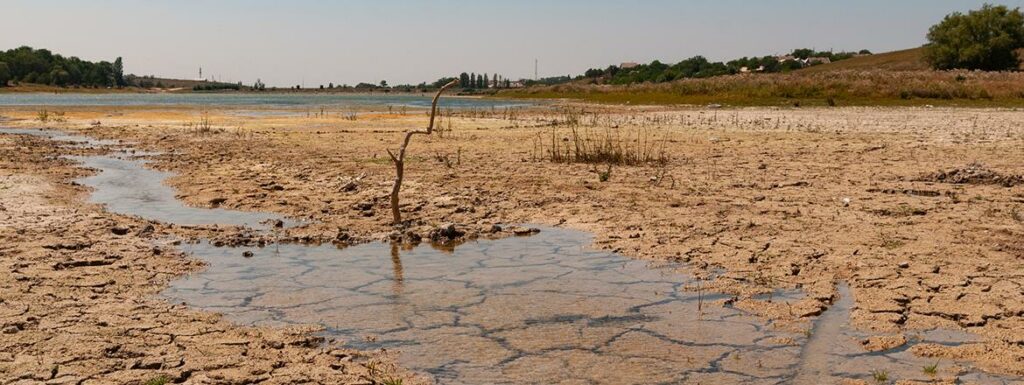The best way to respond to a new IPCC report is to tune out all the press coverage and look at the actual document, which is the last thing most people think to do. So we are providing excerpts of the text of the new IPCC AR6 WG1 draft report on the big topics of the day, especially apocalyptic extreme weather and the like. This week: Droughts (continued). The IPCC Chapter 11 discusses various mechanisms that cause drought conditions and this week we look at hydrological or streamflow records. We'll use “(---)” to mark where we skip lists of journal article references to make it easier to read. And other than spelling out some short forms, here from Sct. 11.6.2.4 is the IPCC in its own words on trends in hydrological droughts.
There is evidence based on streamflow records of increased hydrological droughts in East Asia (---) and southern Africa (---). In areas of Western and Central Europe and of Northern Europe, there is no evidence of changes in the severity of hydrological droughts since 1950 based on flow reconstructions (---) and observations (---). In the Mediterranean region, there is high confidence in hydrological drought intensification (---). In Southeastern South America there is a decrease in the severity of hydrological droughts (---). In North America, depending on the methods, datasets and study periods, there are differences between studies that suggest an increase (---) vs a decrease in hydrological drought frequency (---), but in general there is strong spatial variability (---). Streamflow observation reference networks of near-natural catchments have also been used to isolate the effect of climate trends on hydrological drought trends in a few regions, but these show limited trends in Northern Europe and Western and Central Europe (---), North America (---) and most of Australia with the exception of Eastern and Southern Australia (---). Given the low availability of observations, there are few studies analysing trends of drought severity in the groundwater. Nevertheless, some studies suggest a noticeable response of groundwater droughts to climate variability (---) and increased drought frequency and severity associated with warming, probably as a consequence of enhanced evapotranspiration induced by higher atmospheric evaporative demand (---). This is supported by studies in Northern Europe (---) and North America (---).



The reversal of desertification along with widespread lessoned water requirements from stomatal efficiency gains from increased atmospheric CO2 are rarely mentioned outside of CO2 Science . org. I don't suppose the IPPC ever mentions the phenomenon as an offsetting benefit.